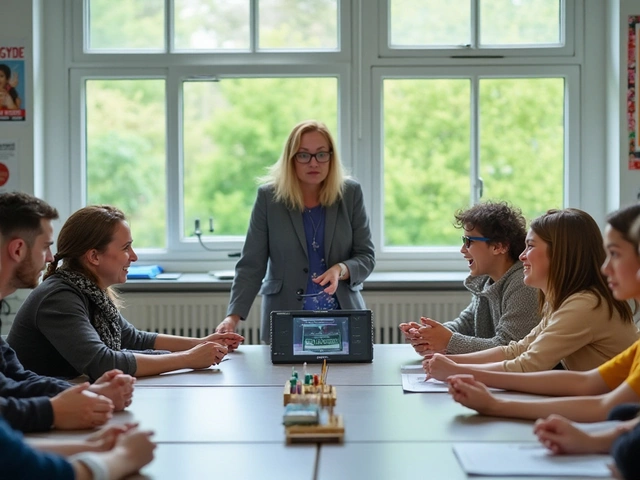Safety Tips, PPE Guides and Everyday Risk Prevention
Whether you’re a teacher, a manager, or just looking after your family, simple safety steps can stop accidents before they happen. Below you’ll get straight‑forward advice you can use today, plus quick links to deeper resources when you need them.
Safety at Work
Most workplace injuries involve slips, trips, lifts, or missing protective gear. Start by doing a quick walk‑through of your area each morning. Spot any wet floors, loose cords, or cluttered aisles and fix them before anyone arrives.
Next, check that every employee has the right personal protective equipment (PPE) for their task. For a construction site that means hard hats, high‑vis vests and safety boots. In an office, it might be ergonomic chairs and screen filters to reduce eye strain. Make sure PPE fits correctly – a loose mask or a helmet that moves around won’t protect you.Training is another must‑have. Run short 10‑minute safety briefings weekly. Talk about one real‑life incident, explain what went wrong and how to avoid it. Keep the tone friendly; people remember stories better than rule lists.
Finally, set up a clear reporting system. When someone spots a hazard, they should be able to log it on a phone app or a simple paper form. Review these reports every month and close the loop by letting staff know the fix was made. When people see their input leading to change, they’re more likely to stay alert.
Safety at Home and School
Home safety often gets overlooked because we think it’s “our space.” Yet the same slip‑and‑fall risks exist in kitchens and bathrooms. Keep floor mats non‑slip, clean up spills right away, and use nightlights in hallways to prevent stumbles after dark.
For families with kids, store cleaning products, medicines and sharp tools out of reach. Label containers so even a quick glance tells you what’s inside. Teach children the “stop, look, listen” rule before they cross streets or play near traffic.
In schools, the biggest safety wins come from routine drills and clear sign‑posting. Post evacuation routes near doors, label fire exits with bright symbols, and practice fire or lockdown drills at least twice a year. Encourage students to ask questions – curiosity reduces panic when an actual emergency occurs.
Don’t forget digital safety. Set strong passwords, enable two‑factor authentication on school accounts, and teach kids not to share personal info with strangers online. A quick weekly check of privacy settings on devices can keep families safe from cyber threats.
By keeping these habits in mind – regular checks, proper PPE, short training bursts, and open reporting – you create a safety culture that works across work, school and home. Start with one change today, watch it stick, then add the next. Small steps add up to big protection.






